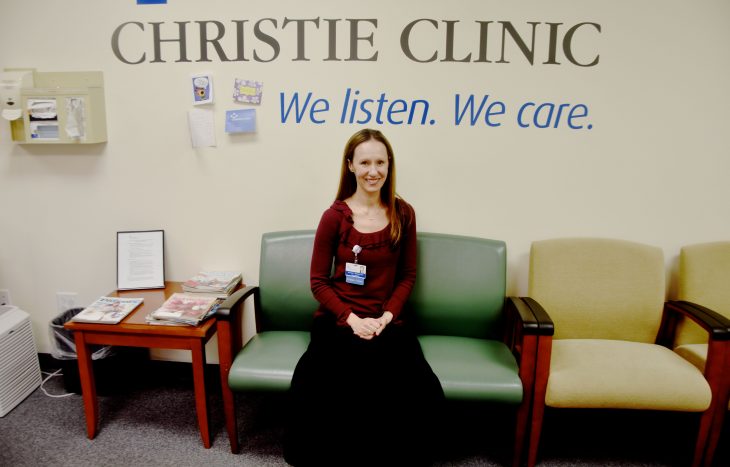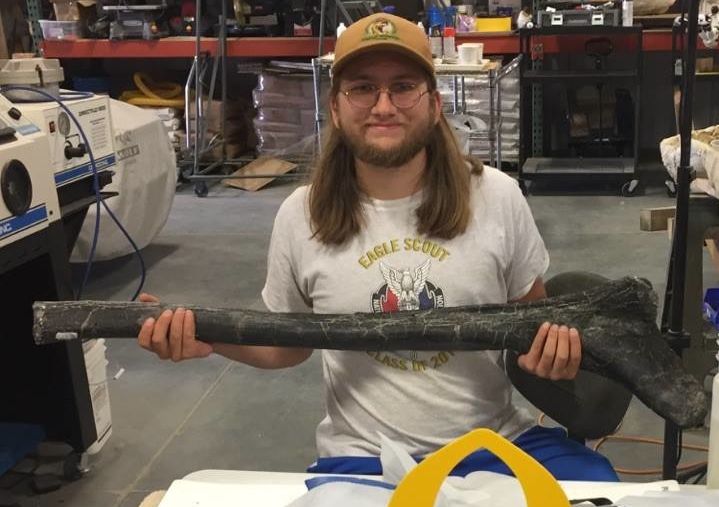The reason we are concerned about moles is because they can turn into malignant melanoma which is a life threatening skin cancer. It is recommended that all adults have annual full body skin checks to look for skin cancer and pre-skin cancer. Moles in children should also be checked regularly. These checks can be done by a primary care provider or a dermatologist.
Here are the features to watch out for:
· A: asymmetry – Most melanomas are not symmetrical. Imagine a line down the center of a mole – do the two sides match? If not, it’s time to talk to your primary care provider or a dermatologist.
· B: borders irregular – Melanoma borders are often uneven with scalloped or notched edges. These require the attention of a medical provider.
· C: color changes or different colors within the mole – Non-cancerous moles and lesions will be uniform in color, both over time and throughout the lesion itself. Moles that are different colors, or change color over time should be examined.
· D: diameter greater than 6 mm (pencil eraser) – The best time to detect and treat melanoma is early on when it is small so moles that are large – or have grown larger – need to be brought to the attention of your medical provider.
· E: elevation/evolving – Any mole that changes in size, shape or color or starts to bleed, hurt or itch should be looked at by a medical provider right away and biopsied if concerning.
Early detection is key. If you notice any of these ABCDEs in any of your moles, schedule an appointment with your primary care provider or a dermatologist.




























You must be logged in to post a comment.